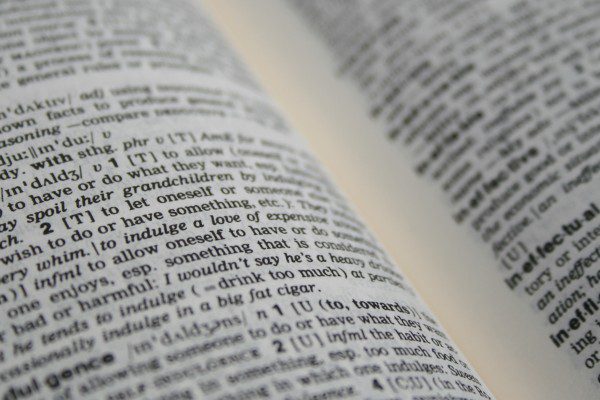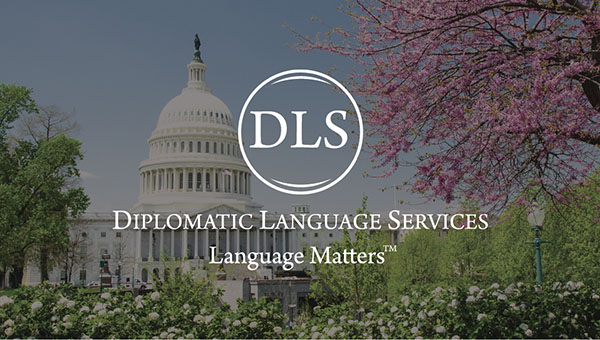Many Language Service Providers (LSPs) provide “Back Translation” as an option for verifying the accuracy of a translation. It is not a standard part of the translation process, but many companies choose to add this step as an extra means of verification. So, does this mean you should add it to your project process, too?
What is Back Translation?
Let’s assume you have a business proposal that is currently written in English. However, a client of yours requires a translation of this proposal to German. You complete the translation and are left with a document completely in German. To complete a Back Translation, you would utilize a different translation team and have them translate the document back to English without the use of the original source document. This has many benefits, the most important being that you can verify the accuracy of a translated document without fluency in the target language. It also verifies that all content from the original is provided in the translation.
Why should I use Back Translation?
This process is useful for a variety of scenarios. If you are concerned about communicating a very particular message in your translation and want to verify that meaning and context are conserved across languages, then Back Translation is vital. Back translation will allow Project Managers to clearly verify what key terms and phrases have and have not been utilized. Back Translation is also a means of testing new linguists in your database. If you are not familiar with a translator’s work, this is a good way to measure his/her success in maintaining accuracy.
Is a Translation that is not Back Translated accurate?
Yes. You do not need to worry that the translation is inaccurate just because you didn’t opt for a Back Translation. The standard translation process includes editing and review, and these steps should eliminate all potential errors in a translation. While back translation usually isn’t necessary, it is a step that will reassure you of the accuracy of the translation.
Do you have Translation or Interpretation needs? Find out more about DLS’ Translation and Interpretation department HERE.
For more DLS, check out other blogs and visit us on Facebook, LinkedIn, Instagram, or Twitter



